Is Norway's friluftsliv the answer to surviving a second lockdown?
/“Could the Swedish lifestyle help fight coronavirus?” “Is Norway's friluftsliv the answer to surviving a second lockdown?”
Dessa frågor ställer sig just nu ledande internationella media, i förhoppning om att finna vägledning i frågan om hur deras samhällen ska förhålla sig till coranapendemin.
Coronaviruset har tagit ett nytt grepp om mänskligheten. Man talar om en andra våg. Och själva innebörden av ordet “pandemi” känns nu mer påtagligt än någonsin förr.
Det har snart gått ett år sen coronapandemin bröt ut. Och med den har mänskligheten tvingats att mycket raskt ändra sina rutiner och bryta invanda beteendemönster. Men att helt byta livsstil…är det rätt väg att gå?
Ja - åtminstone till den “skandinaviska livsstilen - “Friluftsliv” (pronounced “free-loofts-leev”) - antyder en rad internationella media just nu.
I den underbara artikeln “We belong out there’: How the Nordic concept of friluftsliv could help the Pacific Northwest get through this COVID winter”, beskriver Seattle Times features reporter, Megan Burbank, hur en inflyttad svensk föreläsare, Andy Meyer, plötsligt tar med sig ett par glatt överraskade polare ut i närmaste kvarteren i Seattle, för att söka det “gröna ljuset”, mitt under rådande corona-isolering.
Seattle Times skriver:
“Meyer’s quest is indicative of a new intimacy people are finding in their own homes and neighborhoods in the wake of massive closures and social-distancing practices adopted since the worldwide outbreak of COVID-19.
But it’s also an example of the Scandinavian concept known as friluftsliv (pronounced “free-loofts-leev”), which translates most directly to “free-air life.” The term is attributed to Norwegian playwright Henrik Ibsen, but the concept of spending time outdoors in all seasons long predates him as a deep-seated element of life in the Nordic countries.”
Andy Meyer försöker förklara livsstilen för Megan Burbank på Seattle Times som:
“More expansive than outdoor recreation and less self-serious than outdoor adventure, friluftsliv describes “whatever you go to REI for. But in Norway, it’s this deeper concept of having space from other people, which is kind of a Norwegian thing to do, and then it has that sense of being able to wander freely outside.”
Andy Meyer förklarar för tidningen:
“In Norway, friluftsliv is so deeply ingrained into daily life that it starts in kindergarten. “Norwegian kindergartens are famous for being outdoors. In all weather, you will go outside for recess, if not for a good portion of the day.
En påtagligt exalterad Megan Burbank menar i artikeln att det borde gå att applicera denna livsstil även i Seattle, som ju har, menar hon, djupa skandinaviska rötter:
“friluftsliv may also be a helpful model for continuing to spend time outdoors during the coldest, darkest time of the year — something Norwegians have practiced since long before the pandemic”
“As we approach the first COVID winter in Seattle, a city with deep Scandinavian roots, friluftsliv may also be a helpful model for continuing to spend time outdoors during the coldest, darkest time of the year — something Norwegians have practiced since long before the pandemic.”
Andy Meyer berättar för Seattle Times att:
“That arbitrary feeling of having a destination in your own backyard can suddenly make it exotic. It adds this layer of interest to the every day. And I think that’s one of the weird things that the COVID time can do, when combined with an idea like friluftsliv — getting out into the open air and recognizing that that’s where we live, that’s where we came from … we’ve locked ourselves inside, but we shouldn’t forget that we sort of belong out there at a certain animal level.”
Även Guardian skriver om livsstilen som en potentiell “metod” att efterleva för att värja sig mot Coronan i artikeln “Is Norway's friluftsliv the answer to surviving a second lockdown?”
Här med motivet:
“As pandemic restrictions are tightened, and the weather turns, Norway’s ‘free-air life’ is more relevant – and appealing – than ever.”
“As pandemic restrictions are tightened, and the weather turns, Norway’s ‘free-air life’ is more relevant – and appealing – than ever.”
I artikeln intervjuas Lasse Heimdal, generalsekreterarer på Norsk friluftsliv, som förklarar:
“First things first, let’s tackle the pronunciation. “It’s free-luftz-leev,” säger Lasse Heimdal, till the Guardians reporter, och tvingas repetetera uttalet några gånger, innan poletten faller ner.
Och beskriver friluftslivet som om det vore en del av hans hem:
“For Norwegians, friluftsliv is less about what you do and more about where you are. For me, it is about disconnecting from daily stress, being part of the cultural ‘we’ and existing in what I call nature – an ‘escape room.”
Guardian skriver:
“Unsurprisingly, friluftsliv has been the runaway hit of what Heimdal refers to as “corona season”; he says one in three Norwegians increased their outdoor time since March – quite a feat given that the average Norwegian visits the great outdoors at least three times a week. Such was the demand for outdoor kit that, after many Norwegian shops shut in March, the government had to recall furloughed staff at camping and sports retailers and even hire extra workers.
The pull of friluftsliv has been at the heart of Norwegian culture for decades. Henrik Ibsen’s poem On the Heights, thought to contain the first mention of the term, follows the dilemma of a young farmer torn between life on the farm and something more, well, friluftsliv.
It is precisely the tension between city and nature that makes the concept of friluftsliv all the more relevant; as we head into a second lockdown just six months after the first one was imposed, the pull of the outdoors has never been stronger. It is particularly desirable given that the concept is wholly experiential, and free; the experience economy, beloved by millennials, plummeted into recession when we stopped going out in March.”
Läs även:
'There is no bad weather': How the Norwegian idea of 'friluftsliv' could help Canadians this winter
Norwegian outdoor living concept ‘friluftsliv’ could be valuable pandemic coping strategy
Och Naturkartans tidigare inlägg på temat:





